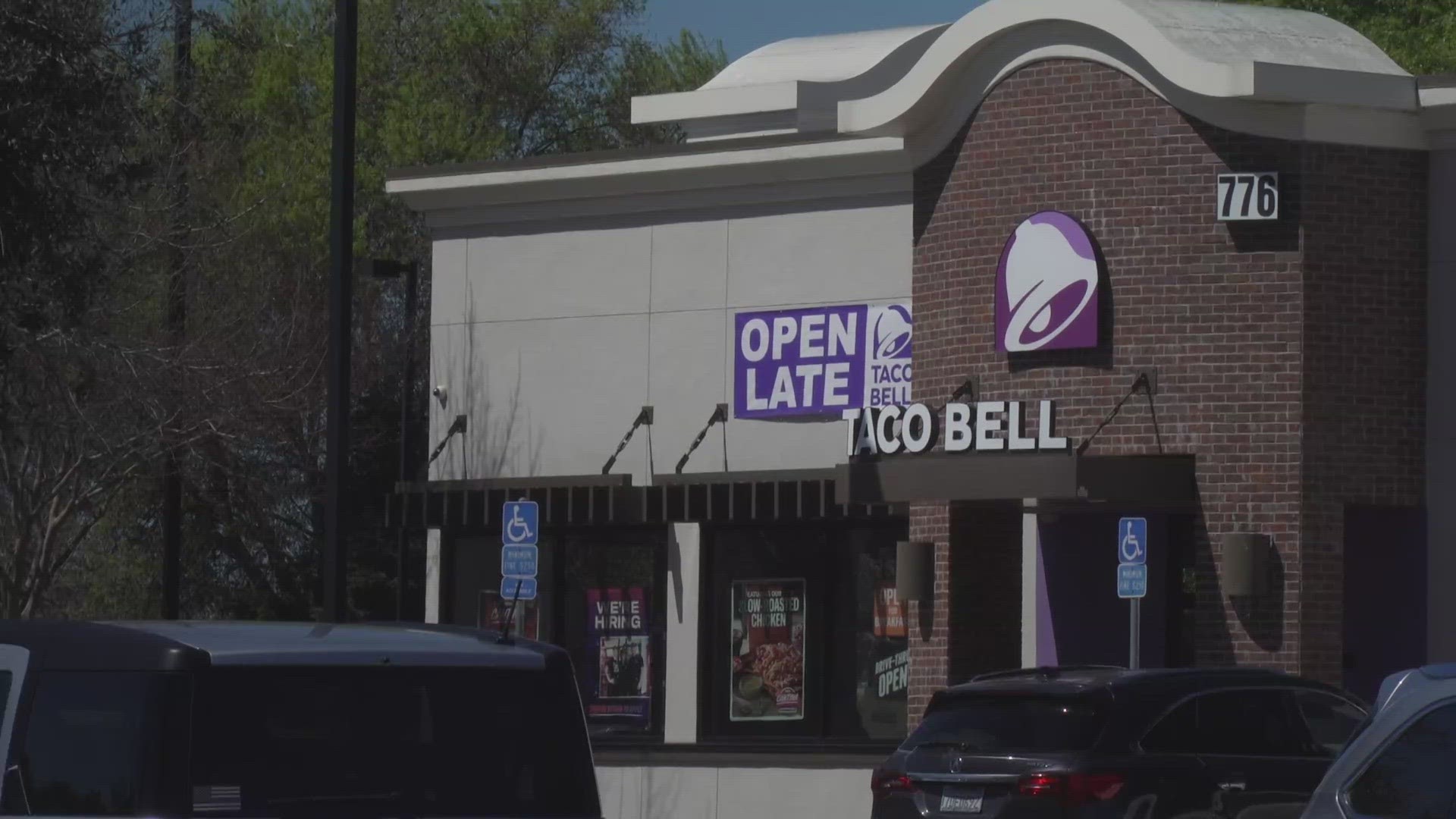CALIFORNIA, USA — California is one week in to the new $20 per hour minimum wage for fast food workers, and the topic is sparking conversations and questions about how the raise will impact consumers, businesses and workers.
ABC10 spoke with a UC Davis professor to bring you answers.
The wage increase, signed into law by Governor Gavin Newsom, went into effect on April 1. It applies to fast food chains with more than 60 locations nationally, with some exceptions.
Big chains, like McDonalds, Wendy's and Burger King, must make the change. Fast food restaurants in airports, hotels, event centers, theme parks and museums are exempt. Restaurants that bake and sell their own bread are also exempt.
The pay raise marks a 25% increase from California's $16 an hour minimum wage.
But it begs the question, can fast food chains afford this?
UC Davis Public Health Sciences Professor Emeritus Paul Leigh said it seems so.
"In the past five years, there's an upward trajectory for McDonald’s stock, and today, it's about 40% to 50% higher price," he said. "So it seems to me that McDonald’s can certainly afford to pay their workers more. "
Leigh has researched the topic of minimum wage, including its impacts on public health. He also addressed a common misconception that most minimum wage workers are teenagers.
"The majority of minimum wage workers are not teenagers. They're people in their 20s, 30s, 40s and some seniors, and a lot of these people have children," Leigh said.
The next question that comes to mind: Is $20 per hour enough to support a family in California?
According to data from Massachusetts Institute of Technology (MIT), an adult would need to make just over $25 an hour, working full-time, to support themselves in Sacramento County.
"That's for a single adults with no children. If we look at an adult with one child, the MIT living wage calculator is about $45 an hour, so even this $20 per hour is far below what MIT suggests for a living wage," Leigh said.
MIT's living wage calculator considers expenses for a living wage to cover basic needs, such as food, health care and housing.
Another big question on consumers minds is whether the new wage impact the price of their meal.
Leigh estimates consumers could see a 5% to 10% increase.
"The best estimate is about a 5% increase in consumer prices; however, the economic research hasn't really looked at this significant increase from $16 to $20 an hour. I would say that, at the outside, we may have a 10% increase in prices," Leigh said.
In a statement, Starbucks said they plan to offset the wage increase by changing prices.
WATCH ALSO:

















